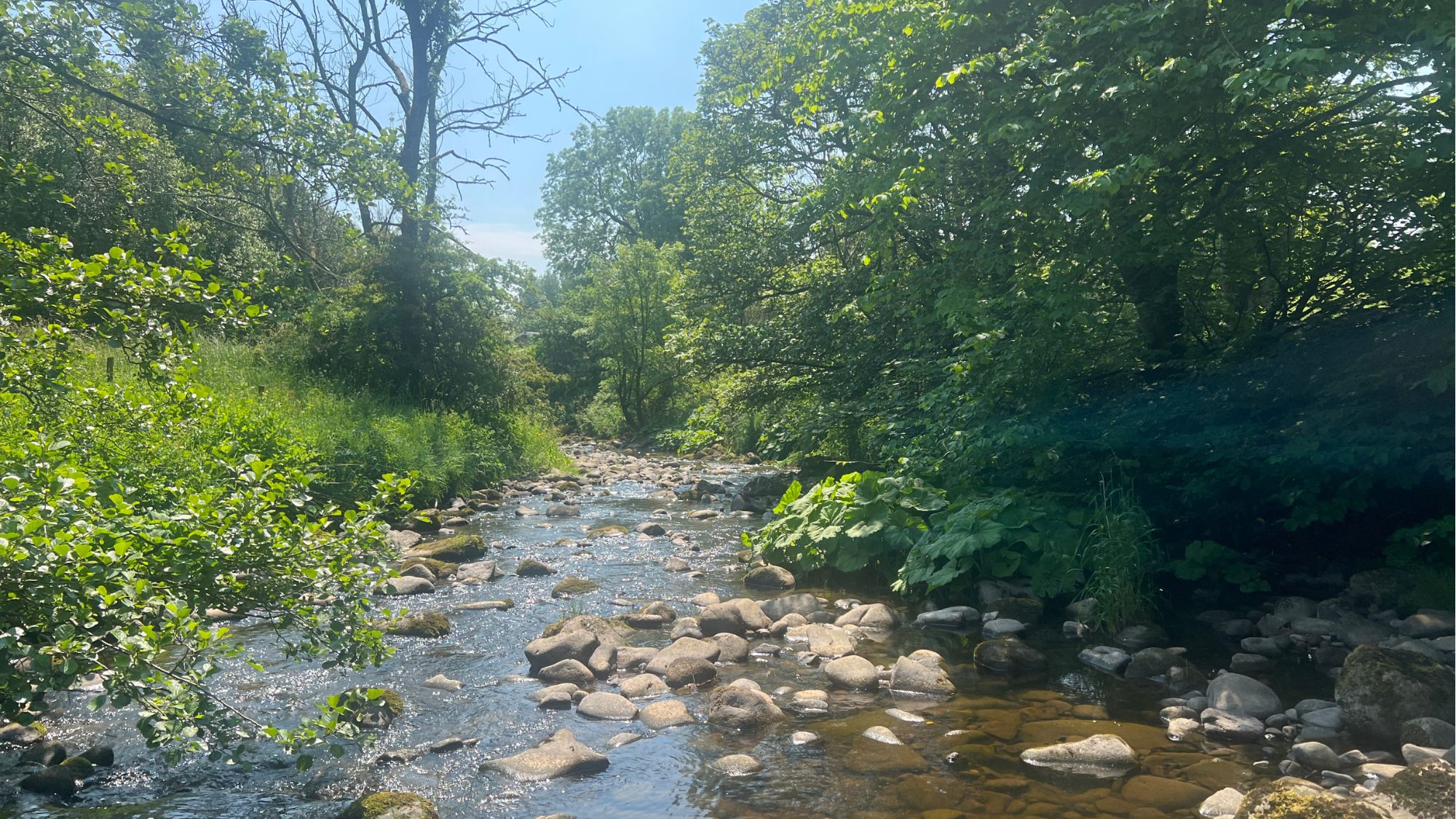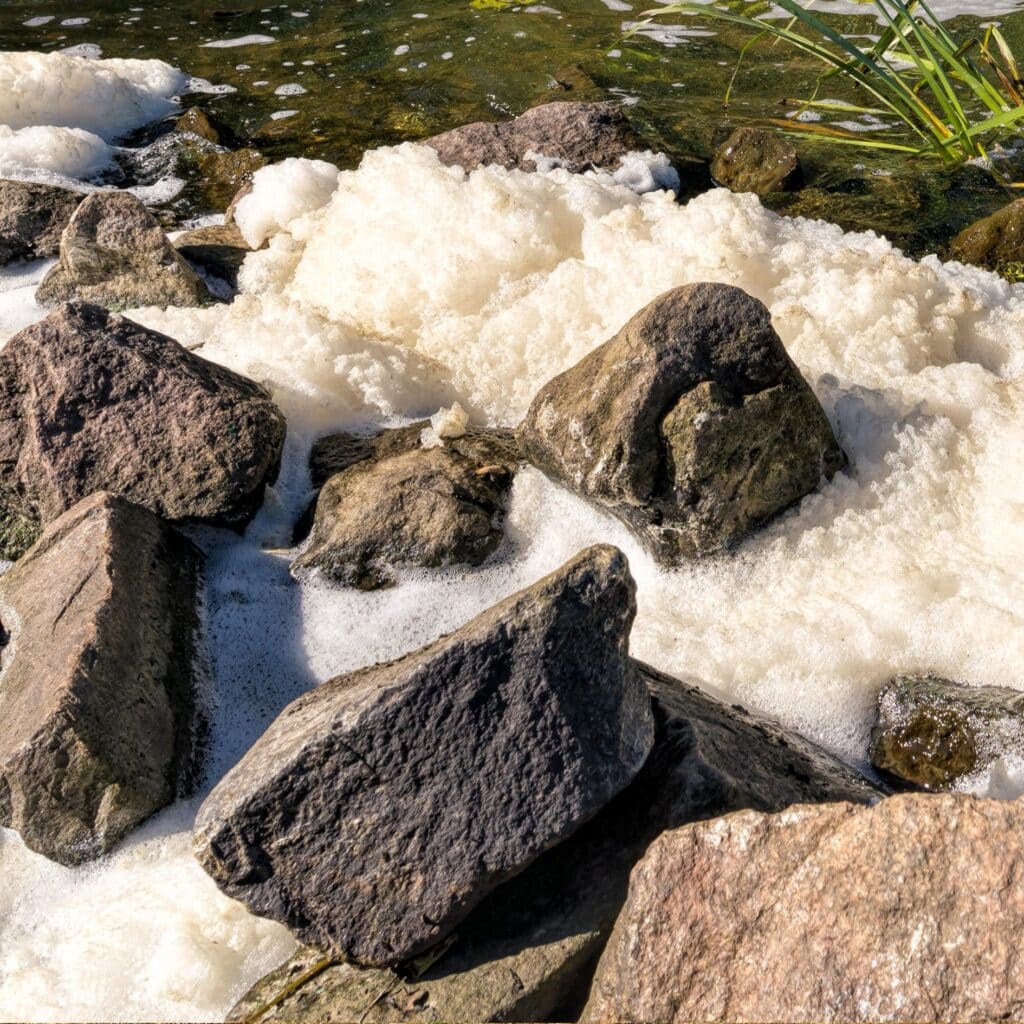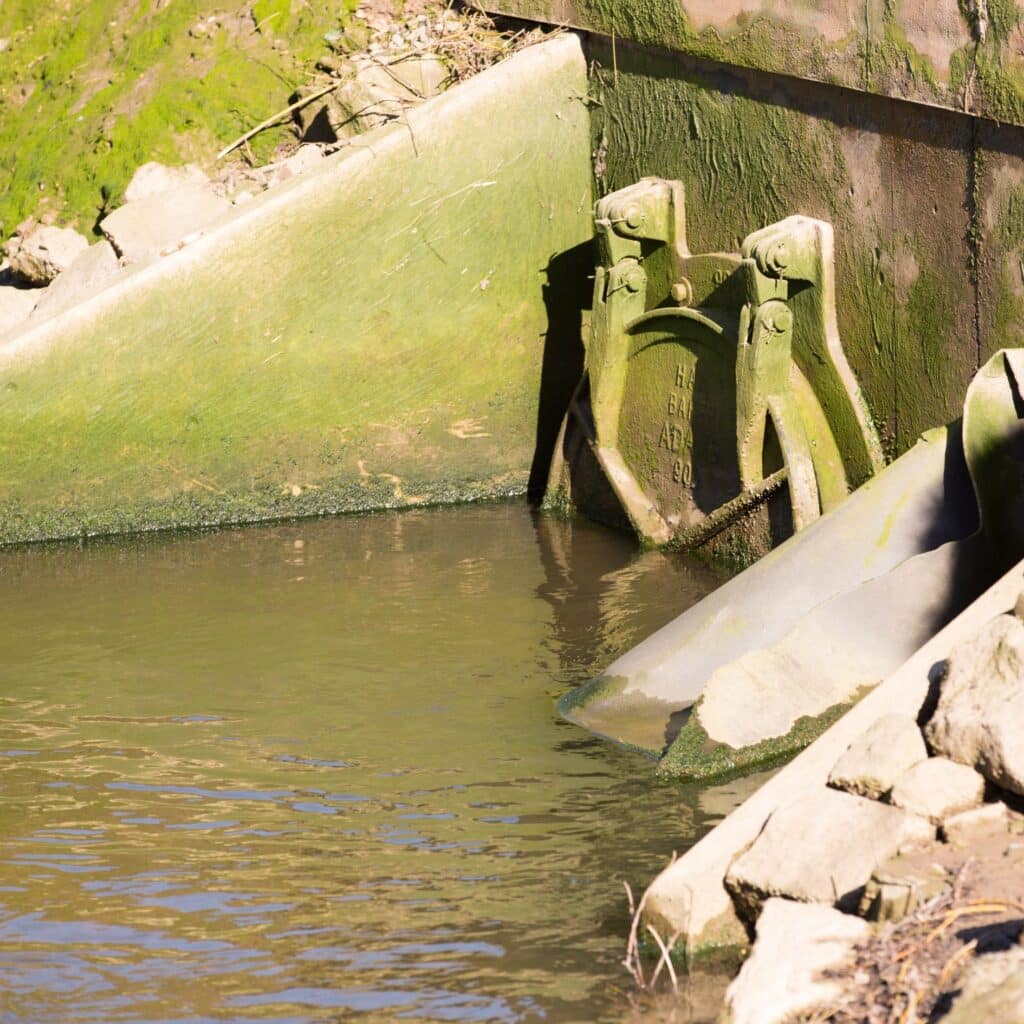
The secret world of rivers: what do healthy rivers look like?
River pollution is hitting the headlines once again. Whilst some river problems provide obvious signs, like visible litter and the smell of sewage, it’s not always easy to tell what healthy rivers look like in comparison to those tainted by pollution.
As we already know, rivers are very complex systems that are heavily influenced by their surroundings. So, it could be completely natural for a river in an upland peat bog to have discolored and sediment rich brown water, but in a lowland city region this could be a sign of sewage pollution.
However, anyone can become a river detective, as long as they’re armed with the knowledge of what healthy rivers look like. Or you should at least be able to have a good guess!
Deciphering the colour of river water

Rivers come in an array of colours, and mostly mirror the sky above. A sunny day may cast a serene blue hue upon the water, while overcast conditions render it grey and sombre. In regions with peat bogs, the water takes on a characteristic brown tint. This is due to the small particles of peat sediments that enter the water as it filters through peat bogs.
Similarly, green hues may indicate algae build up, but on closer inspection you can usually see strings of plant matter which should help identify the source of the discoloration. In some places you might see reddish orange colours, which are often deposited by minerals such as sulphur or iron oxide. These occur naturally in many parts of the Ribble catchment.
However, there are some colours that are definitely unnatural. One colour we sometimes encounter is yellow or fluorescent hues. This is likely to be a dye that is added to water, and indicates water testing or drainage tracing nearby. So, it’s worth looking out for utilities workers, or other workers, nearby.
Understanding river foam
Again, deciphering river foam requires a discerning eye. Thick, whitish brown foam is caused by organic matter decaying and being broken down in the water. As it breaks down it dissolves into a compound known as Dissolved Organic Carbon (DOC). This type of foam is more common in peat rich areas, lake edges, and faster flowing water.
On the other hand, foam that is bubbly and bright white or iridescent is usually man made and you’re likely to notice it fairly close to the source. Another giveaway is the smell. Natural river foam will smell earthy or slightly fishy, whereas foam from pollutants will smell perfumed or soapy.

Examining Sediments
Sediment transportation is a normal, and very important river process. Water erodes riverbanks and beds, creating sediment, which is transported downstream. The river then deposits the sediment in in areas of slower flows where it creates valuable habitat for spawning fish and a range of invertebrates.
However, sediment can cause water discolouration, turning it a muddy or sandy colour. It could also look gritty. But sediment is nothing to worry about!
Observing Flora and fauna

A closer inspection of a river’s inhabitants offers further insights into its health. Rivers naturally contain an abundance of invertebrates and fish. Although these can be hard to spot, you should really be able to see some signs of life if you stand on the bankside for a few minutes.
Invertebrates are an especially good indicator, as they need very clean water to survive and even small pollution events can wipe invertebrate communities out completely. So, if you can see creepy crawlies in the water, the chances are the water is reasonably clean.
Birds are also good indicators. Species such as dipper and kingfisher rely on small fish and invertebrates for food, which means if you spot these species hanging around, there is probably plenty of hidden life in the water.
Evaluating Infrastructure
Looking past the water itself can also help you. Healthy rivers should have plenty of bankside vegetation such as grasses, shrubs, flowering plants, and trees- even right next to the water. These helps filter pollution and shade the water, keeping it nice and cool for fish species. Natural rivers also have natural features like accessible floodplains, bends and meanders, swirling eddies, fast flowing riffles, and slow-moving pools.
Conversely, man-made alterations including pipework, barriers such as weirs and dams, high embankments, brick or concrete lined riverbeds, or artificially straightened channels are a sign of modified rivers.

One thing worth noting here is that these modifications were historically made to increase the speed of river flow, either towards towns to provide waterpower for mills, or away from towns to remove sewage at a more rapid rate. Whilst sewage should now be treated before entering a river, we know this isn’t always the case. So, this could be an indicator of where your pollution is coming from.
Recognizing Additional Clues
If you’re especially unlucky you might spot sewage fungus near your local watercourse. This foul smelling, slimy, brown substance isn’t a fungus at all, it’s a colony of bacteria which feeds on sewage pollution. However, its filamentous fronds do make it look very much like fungus. As you’ve probably guessed, it’s a bad sign. It can wipe out river life by colonizing the area and utilizing all the dissolved oxygen in the water.
Algae is caused by another potentially problematic bacteria. Algae is also naturally occurring, but excess nutrients can cause algal blooms. One of the most dangerous types of algae is blue green algae, produced by cyanobacteria. These algae can produce toxic chemicals that are very harmful to the health of people and animals, especially during summer when you are most likely to take a dip. Algae can look like green or turquoise wispy paint, green scum or clumps of green particles and tends to build up on riverbanks and shorelines.
What to do if you spot pollution?
If you think you’ve spotted pollution, then prompt action is essential. You’ll need to report incidents to the Environment Agency hotline on 0800 80 70 60 immediately, especially if you see distressed or dead fish.
If you cannot report the incident there and then, try to take a picture of the issue (as long as this will not put you at any risk) and make sure you take an accurate record of where the problem is located, the time and date, and exactly what you have seen.
For further guidance on when and how to report issues visit: www.gov.uk/report-an-environmental-incident
Sadly, as a mainly grant-funded charity we are unable to investigate incidents ourselves as we do not have the time, financial resources, or investigative powers. However, once you have reported the problem to the Environment Agency, we’d still appreciate it if you could drop us a line so we can make our own records.
So, now you hopefully know what healthy rivers look like, it’s time to get outside and enjoy these wonderful spaces!

